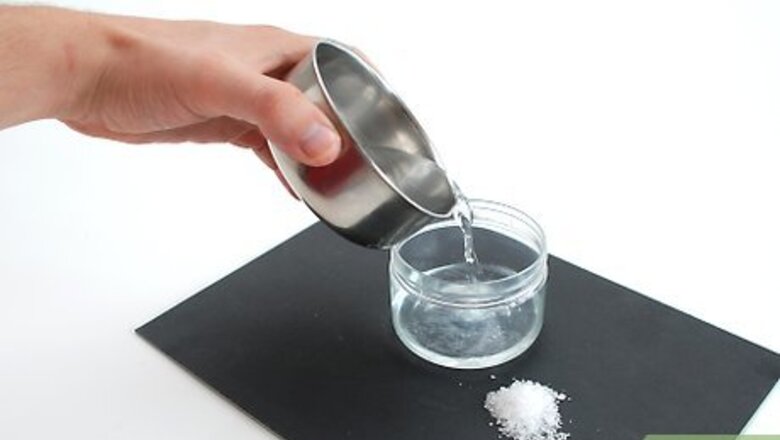
views
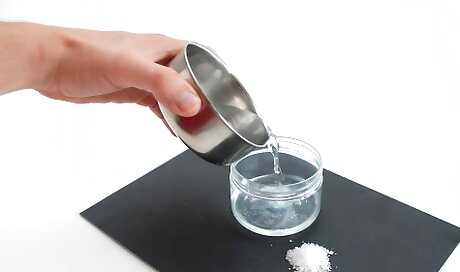
Fill a non-metallic vessel (such as a paper cup, or a plastic bottle) with warm saltwater. Use warm water to dissolve the salt.
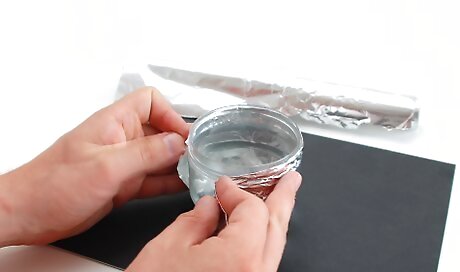
Wrap the outside of the vessel with aluminum foil, or tin foil.
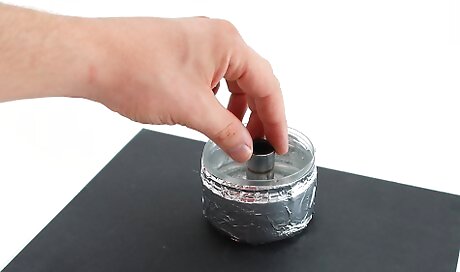
Place a metal object (such as a knife, a nail, etc) in the saltwater. The foil is one terminal, and the water/metal object combination is the other. Do not allow the water or the metal object to touch the foil or spill over the side. This will short the capacitor and make it impossible to charge. Later you can use a voltmeter to verify if the capacitor can hold a charge.
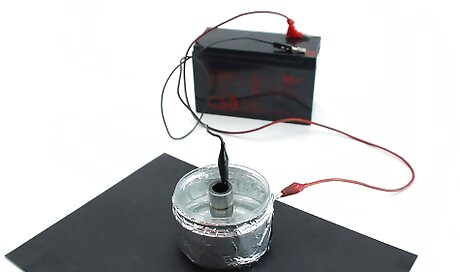
Charge it up, by applying the voltage from an ordinary household battery, to both terminals. After a few seconds disconnect the battery and connect the voltmeter to the terminals of the capacitor. Any reading (mV-V) will indicate a charge.
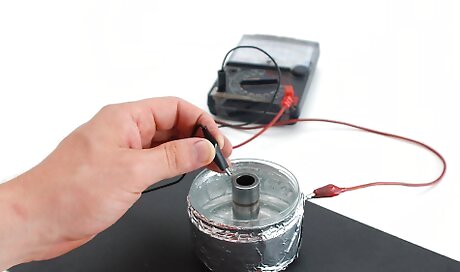
Congratulations, you have a working capacitor, capable of holding an electric charge!

















Comments
0 comment